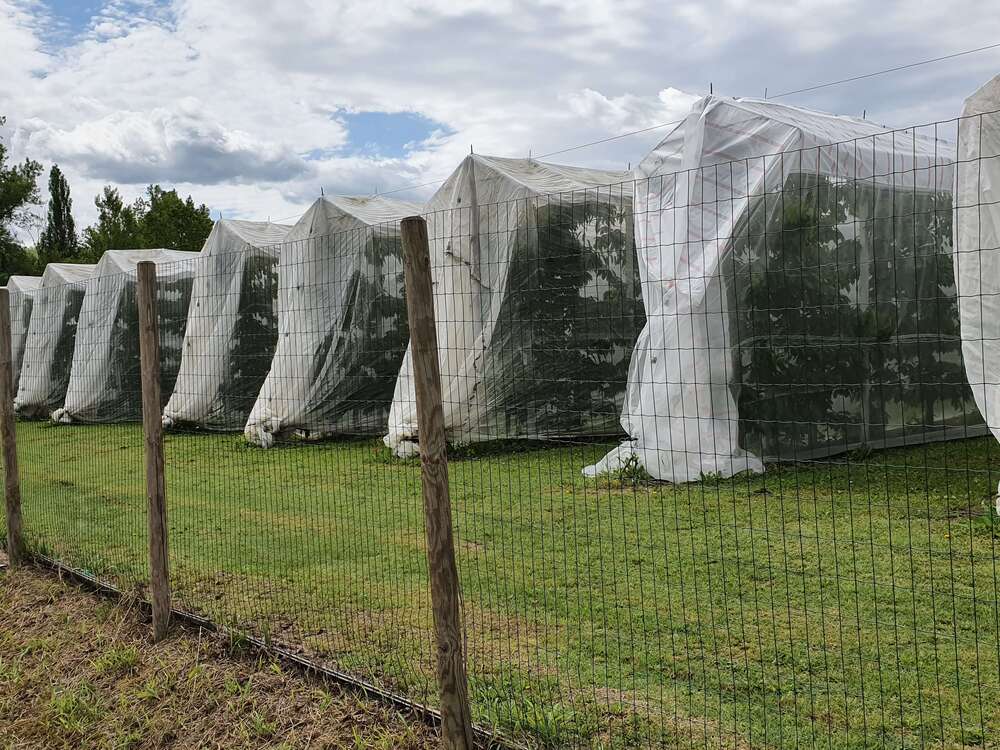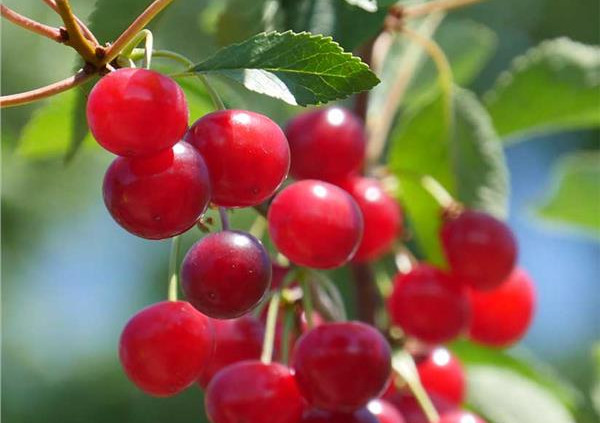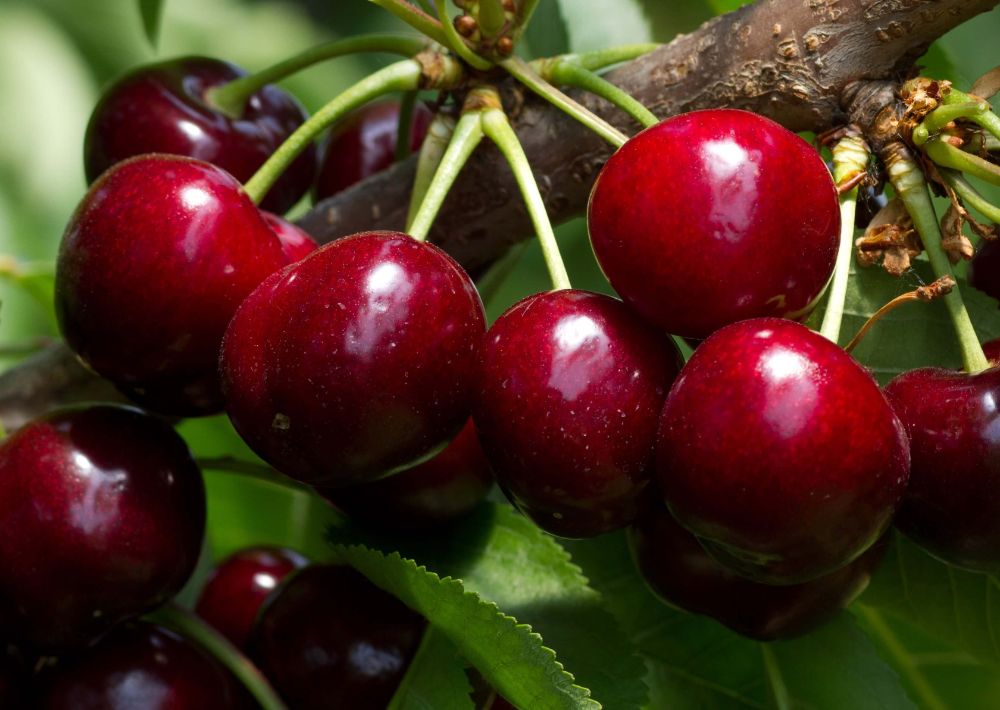Multifunctional covers are becoming increasingly popular for sweet cherry production. Indeed, they exert several functions, with the goal of reducing the stresses to which plants are subjected during the vegetative season. Protection against phytophagous pests (such as Drosophila suzukii) is undoubtedly one of the main benefits, allowing a significant reduction in chemical interventions.
However, the protective effect against adverse weather conditions, such as strong wind and hail, should not be overlooked. At the same time, however, these covers induce changes at the microclimatic level, affecting the quality of light, temperature, and humidity in comparison to the external environment.
In this article, we present the results of a study conducted at the University of Bologna, which aimed to evaluate the reaction of plants grafted on rootstocks of different vigor to single-row “Keep-in-touch®” cover. In this study were used plants cv. Black Star grafted on Gisela 6 (less vigorous) and CAB6P (more vigorous), trained at transverse V shape with planting density of 4.5 m x 0.9 m (2470 plants/ha).
The cover led to stem water potentials with less negative values in Gisela 6, while no effect was shown on foliar water potentials. The cover, as expected, changed the light pattern, reducing the available light radiation by a quarter in Gisela 6 and by half in CAB6P. Plants grafted onto Gisela 6, which were subjected to a more moderate radiation decrease, showed no difference in the photosynthetic performance.
In contrast, plants grafted on CAB6P, translated the light reduction into a significant decrease in photosynthetic, transpiration and stomatal conductance rates. In terms of seasonal fruit growth, plants on Gisela 6 rootstock showed no difference between net and control, while for CAB6P the use of net caused significantly lower fruit development throughout the season.
This therefore negatively affected fruit quality at harvest in plants grafted on CAB6P both in terms of size and sugar content.
On the other hand, plants grafted on Gisela 6 produced fruit with similar quality levels in both thesis. These results show how much the rootstock influences the physiological response of plants to multifunctional covers. “Keep-in-touch®” cover had no negative impact on plants grafted on a less vigorous rootstock (Gisela 6) while in CAB6P (more vigorous) the cover affected water and photosynthetic relationships within the canopy.
This led to a reduction of water and photo-assimilates toward the fruit, resulting in a decrease in diameter and soluble solids content. The results of this study lead to the conclusion that management solutions must be combined taking into account the different physiological response depending on the rootstock adopted.
Nets improved the water status of the plant by limiting light radiation without causing photosynthetic losses, which made them beneficial in combination with the more dwarfing rootstock. This was not the case when more vigorous rootstock was employed.
Excessive reduction of light ration in the canopy caused lower stomatal conductance and, consequently, reduced photosynthesis; however, it also reduced the water potential of the fruit, decreasing its attraction force for water and photo-assimilates, which led to lower fruit development and quality.
Source: Fonte: Morandi, B., Manfrini, L., Venturi, M., Bortolotti, G., Boini, A., Perulli, G., Bresilla, K., Corelli Grappadelli, L. and Lugli, S. (2022). Physiological effects of multi-functional nets applied to cherry trees grafted on rootstocks with different vigor. Acta Hortic. 1346, 35-42
Melissa Venturi
University of Bologna (IT)
Cherry Times - All rights reserved












